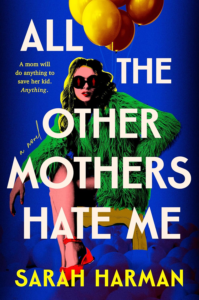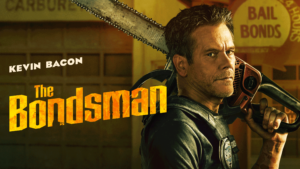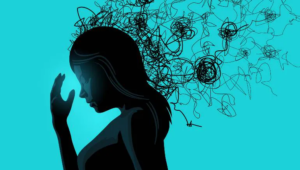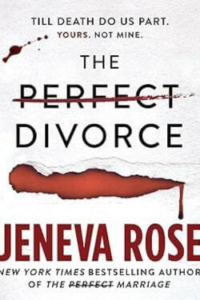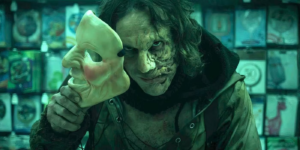The Shadow of Neverland: Deconstructing the Horror of Peter Pan’s Neverland Nightmare (2025)
“Peter Pan’s Neverland Nightmare,” the 2025 horror reimagining of J.M. Barrie’s classic tale, available on Amazon Prime Video, plunges audiences into a dark and disturbing version of the beloved story. Directed by Scott Chambers, this installment in the “Twisted Childhood Universe” presents Peter Pan not as a mischievous boy who never grows up, but as a malevolent figure who kidnaps children with sinister intentions. We will delve into the film’s narrative, its subversion of the original source material, and the effectiveness of its horror elements.
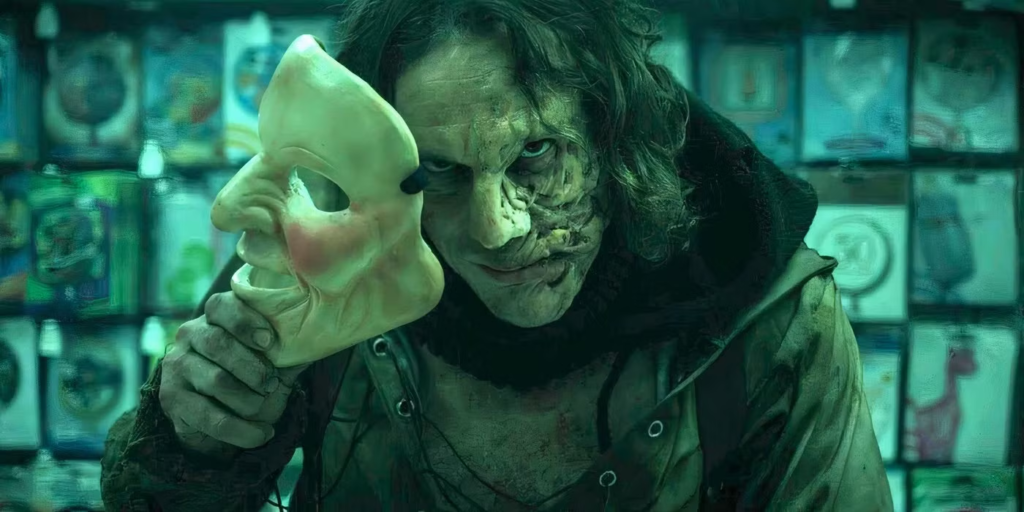
A Twisted Take on a Timeless Tale
The film’s premise immediately sets it apart from traditional adaptations of “Peter Pan.” Wendy Darling embarks on a harrowing quest to rescue her brother Michael from the clutches of Peter Pan, who intends to take him to a nightmarish version of Neverland. Along her journey, she encounters a disturbing rendition of Tinkerbell, depicted as a drug addict who believes heroin is pixie dust. This stark contrast to the innocent and magical elements of Barrie’s work establishes the film’s commitment to a grim and unsettling atmosphere. By transforming familiar characters and settings into sources of horror, “Peter Pan’s Neverland Nightmare” taps into a sense of violated childhood innocence, aiming to shock and disturb viewers familiar with the original story.
Deconstructing the Myth of Neverland
The film cleverly inverts the traditional perception of Neverland as a place of eternal youth and adventure. In this twisted narrative, Neverland is not a magical island but a place of captivity and terror. Peter Pan’s motives are not simply about avoiding adulthood; instead, he is portrayed as a dangerous predator. The film hints at a backstory where Peter, who worked at a fantasy-themed circus, was scarred and traumatized, leading him to abduct children. This grounding of the fantastical elements in a more realistic, albeit disturbing, context adds a layer of unease, suggesting that the true nightmares are often rooted in human cruelty rather than pure fantasy.
Horror Elements and Narrative Choices
“Peter Pan’s Neverland Nightmare” employs classic horror tropes, including suspenseful chases, brutal violence, and a pervasive sense of dread. The character of Peter Pan, played by Martin Portlock, is depicted as a menacing figure, a far cry from the playful boy of the original tales. The film’s horror is not solely reliant on jump scares but also on the psychological discomfort of seeing beloved characters and concepts twisted into something terrifying. However, some critics have noted that the film’s reliance on gore and its sometimes derivative nature, drawing comparisons to films like “It” and “The Texas Chain Saw Massacre,” may detract from its originality. Additionally, the depiction of Tinkerbell as a drug-addicted character and other controversial interpretations of familiar figures have been points of discussion and criticism.
A Dark Descent into Childhood Fears
“Peter Pan’s Neverland Nightmare” offers a bold and unsettling reimagining of a classic children’s story. By subverting the familiar elements of “Peter Pan” and injecting them with horror, the film explores the darker undercurrents that can be found even in seemingly innocent tales. While its effectiveness as a horror film and its controversial character interpretations have been debated, it undeniably carves out a unique and disturbing space within the landscape of horror cinema. For viewers seeking a truly twisted take on a beloved myth, “Peter Pan’s Neverland Nightmare” on Amazon Prime Video provides a descent into a Neverland where childhood dreams have become the stuff of nightmares.

